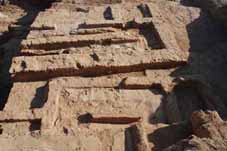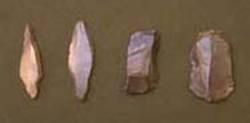


研究者 > 西秋 良宏 > Nishiaki Lab. Top > Seker al-Aheimar
Tell Seker al-Aheimar, the Upper Khabur, Syria
Yoshihiro Nishiaki
The University Museum,
The University of Tokyo
The excavations
Tell Seker al-Aheimar is one of the largest Neolithic settlements in the Jazireh plain, northeast Syria. It is situated about 7 km west of the town
of Tell Tamor, approximately 45 km northwest of Hassake (Figs. 1, 2). It represents a large elongated oval mound on the right bank of the
Khabur main stream, occupying an area of about 300 x 180 m with a height of about 11 m from the nearby flood plain of the Khabur.
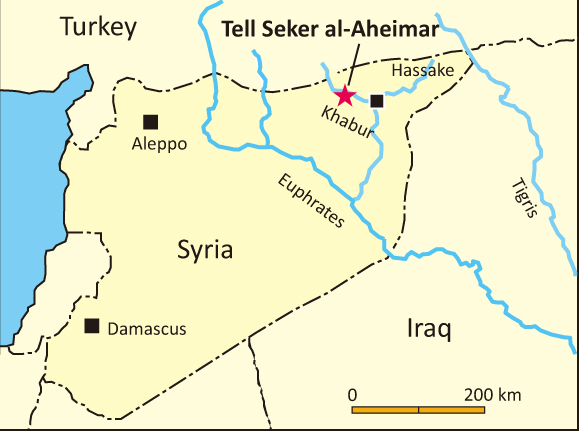 Fig. 1 Map showing the location of Tell Seker al-Aheimar |
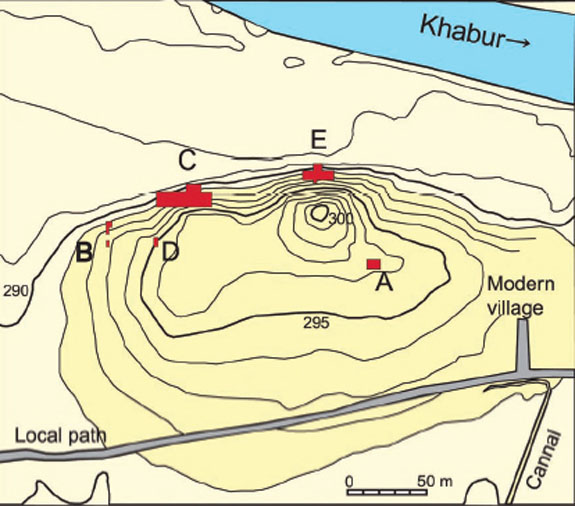 Fig. 2 Contour map of Tell Seker al-Aheimar with the excavated areas |
It was first recognized as a Pre-Pottery Neolithic site in 1991 by the French-Japanese team during their general survey. Our interest in Tell Seker
al-Aheimar arose from the current knowledge on the earliest settlement history of the Khabur basin, the western part of Upper Mesopotamia.
Surveys and excavations in this vast fertile plain have located numerous Pottery Neolithic sites as well as early civilization ones, but very rarely
sites preceding the Pottery Neolithic. Accordingly it has been suggested that occupational or subsistence strategies may have significantly changed
during this time period. Tell Seker al-Aheimar is thus expected to provide us with a unique opportunity to understand how and why this change
occurred, and then scientific excavations have been carried out since 2000 by the University of Tokyo team.
| Excavations at five sectors (A to E) have demonstrated that the occupation at this site indeed started in the late Pre-Pottery Neolithic period (Figs. 3-5), as suggested by the original survey in 1991, and that it continued to the Pottery Neolithic period with one or more possible transitional stages. They prove that Tell Seker al-Aheimar, one of the largest Neolithic settlement complexes reported to date on the Jazireh plain. The continuous excavations over the last decade have indeed made a range of significant contributions in understanding the developments of the earliest farming communities. Major discoveries include the following:
|
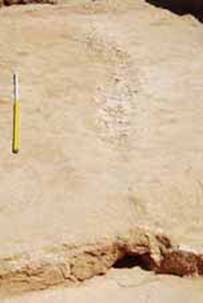 Fig. 5 Water drainage of the PPNB period |
The oldest pottery of Upper Mesopotamia
|
The oldest Pottery Neolithic of Upper Mesopotamia, including the Khabur basin, has long been believed to Nishiaki, Y. and M. Le Mière (2005) The oldest pottery Neolithic of Upper Mesopotamia: New evidence |
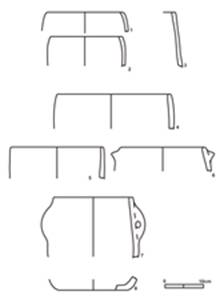 Fig. 6
Fig. 6“Pre” Proto-Hassuna pottery |
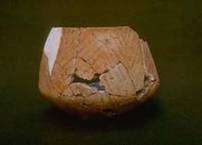 Fig. 7 Proto-Hassuna painted pottery |
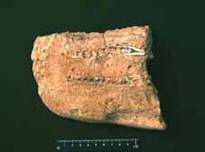 Fig. 8 A gypsum object in which animal mandibles are embedded with their teeth upright |
A unique PPNB female figurine
A very large clay female figurine was excavated from a Late PPNB level. It depicts a seated female with realistic modeling and bi-chrome
painting decoration. Its remarkably large size (ca. 14.2 cm high) and highly elaborate artistry have no parallels for clay figurines of this period,
raising issues to be discussed on its culture-historic and functional significance. Furthermore, the burnished/painted surface indicates its prolonged
use as well as the importance attached to it when in use. The fact that the figurine was discovered from a sub-floor also suggests its distinguished
function, reminiscent of sub-floor human burials popular in the earlier PPNB. The study of this figurine would eventually facilitate our
understanding of the nature of the PPNB–PN transition in Upper Mesopotamia—a period in which marked changes have been noted in a range of
aspects including the symbolic and ritualistic behaviour of farming communities.
Nishiaki, Y. (2007) A unique Neolithic female figurine from Tell Seker al-Aheimar, Northeast Syria. Paléorient 33(2): 117-125.
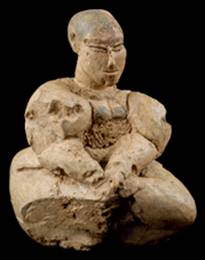 Fig. 9 The unique PPNB female figurine |
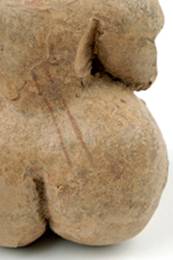 Fig. 10 Red paints on the unique PPNB female figurine |
The oldest water-well
One of the most interesting features of the Late PPNB period at Tell Seker al-Aheimar is a large water well with a diameter of approximately 2
m and a depth of more than 4.5 m, the oldest known in Syria. The settlement of Tell Seker al-Aheimar is situated near a permanent water source,
the Khabur River. Therefore, the construction of the well may have had purposes beyond solely procurement of water. One possibility could have
been to control the quality of the water and avoid the use of river water that was increasingly subject to pollution due to development of a
sedentary agricultural community. The notable finds were a complete set of ground stone objects found near the bottom of the well. These
ground stone objects, made of either basalt or limestone, were thrown into the well on purpose, for reasons yet unknown.
Nishiaki, Y. (2009) Excavations at Tell Seker al-Aheimar, Hassake: The 2008 season. Chronique Archéologique en Syrie 4: 67-74.
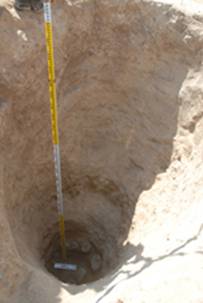 Fig. 11 The PPNB water-well |
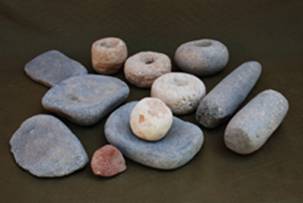 Fig. 12 A collection of ground stone tools found in the PPNB water-well |
Further reading
- Nishiaki, Y., K. Kashima and M. Verhoeven (2013) Neolithic Archaeology in the Khabur Valley, Upper Mesopotamia and Beyond. SENEPSE 15. Berlin: ex oriente.
西秋研究室トップ | Nishiaki Lab. Top | Tell Seker al-Aheimar | Tell Kosak Shamali | Tell Kashkashok II
